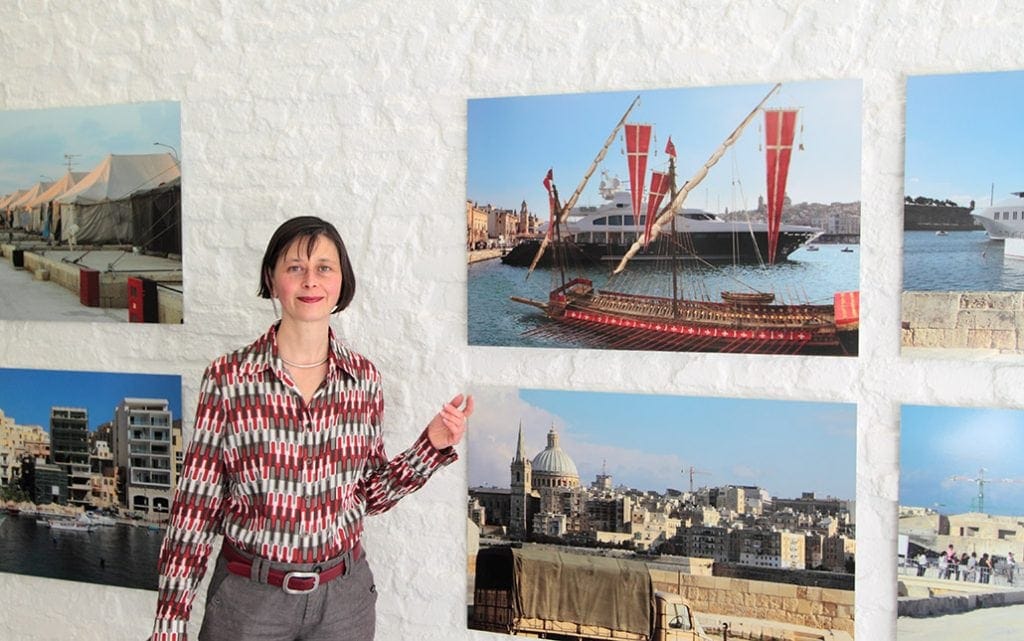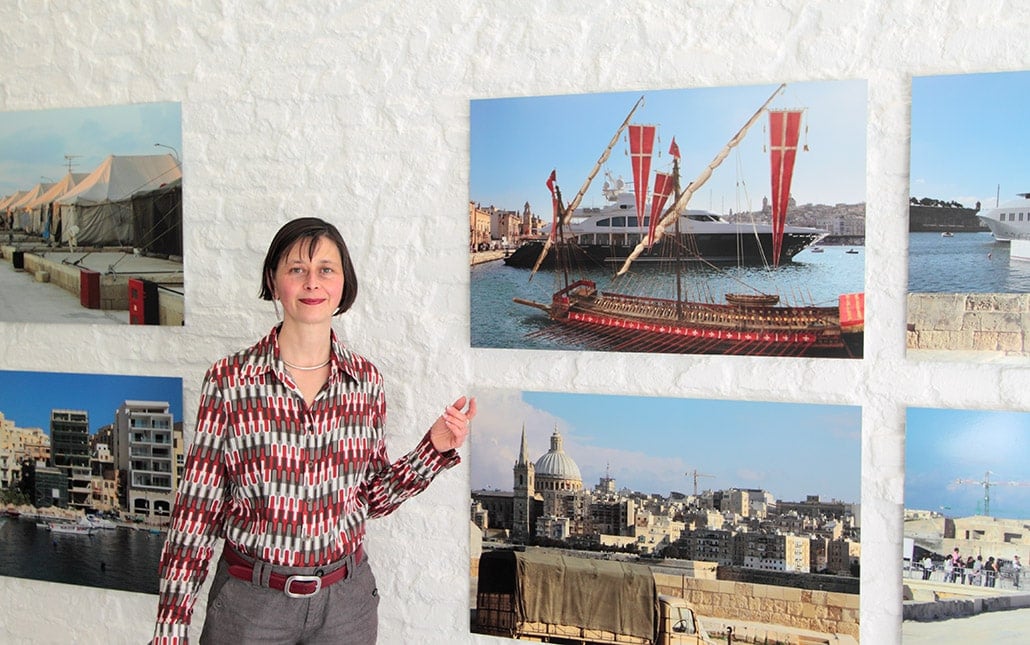My topics and pictorial research revolve around influential social and cultural symbols, their meanings and their transformations. I assume that everything we perceive (and thus interpret), as well as everything we produce and create, is a ‘matter of belief’. At the same time, information and historical facts are very important to me. In this field of tension, I work directly with well-known signs, works and figures from society, politics, architecture, religions, or movies. I also search for their hidden and forgotten aspects that speak a different language than that of (definitional) power. My works quote, evaluate and reshape these inherited representations, contradicting their conventions with visual means. Motifs from our environment become metaphors for collective psychological states and historical experiences.

Using video, animation, digital collage, photography, photomontage and found footage, I subject these symbols to transformations, often by confronting them with other signs. They appear in new or rediscovered contexts. In this way, the powerful images lose some of their authority; they become mobile, permeable and productive for our seeing and thinking today. Symbols of identities turn into elements of dialogue.
My works are conceptual and at the same time visually sensual. Despite the different pictorial languages, they
all have something in common: constructive and deconstructive design principles, as well as a content that
does not tell stories but formulates pictorial commentaries on society, (art) history and philosophy.
Myriam Thyes
Download Artist Statement (PDF)

